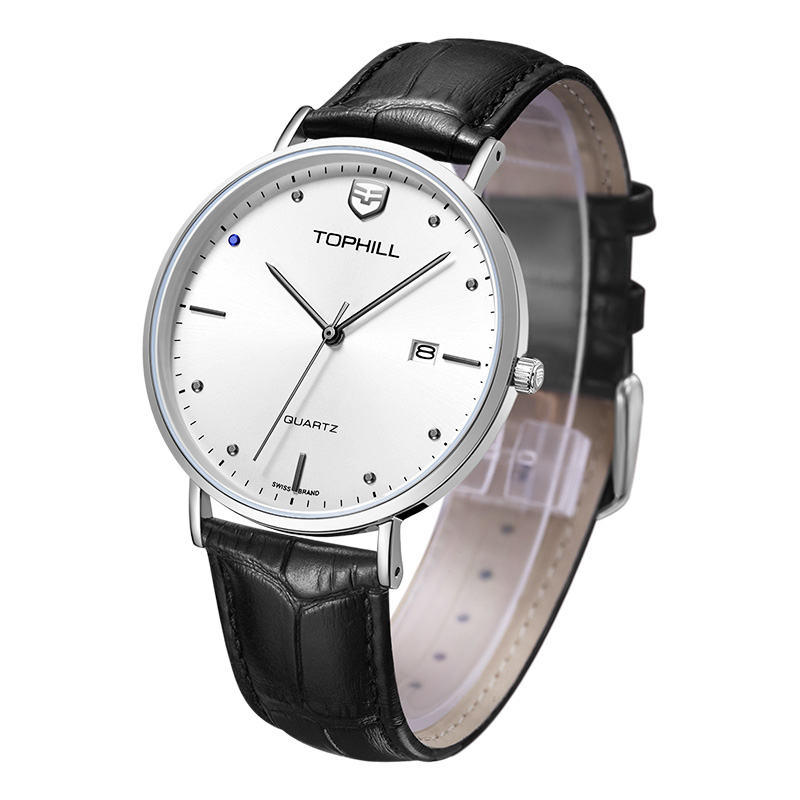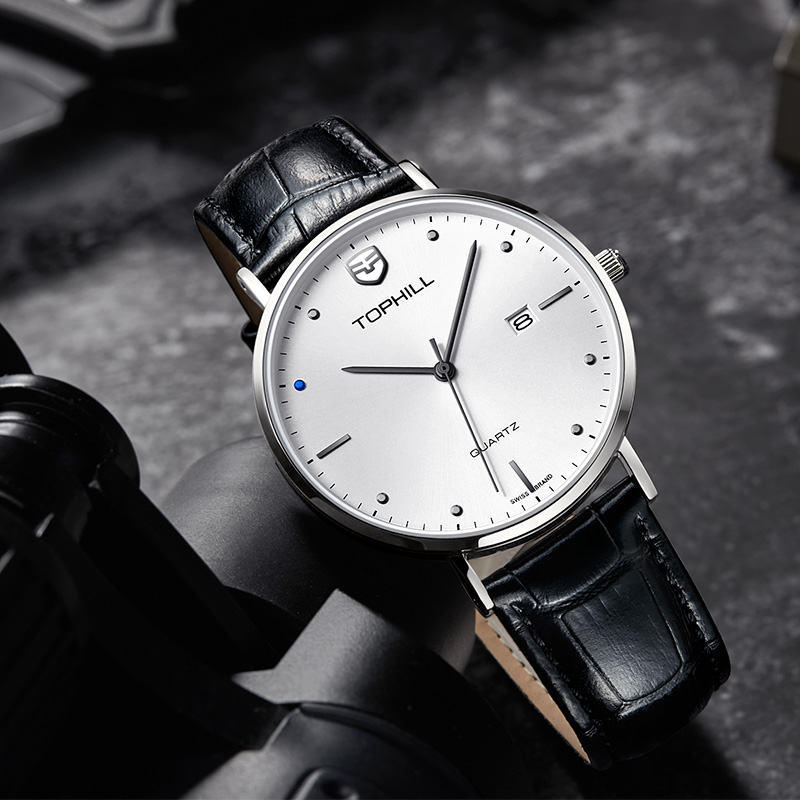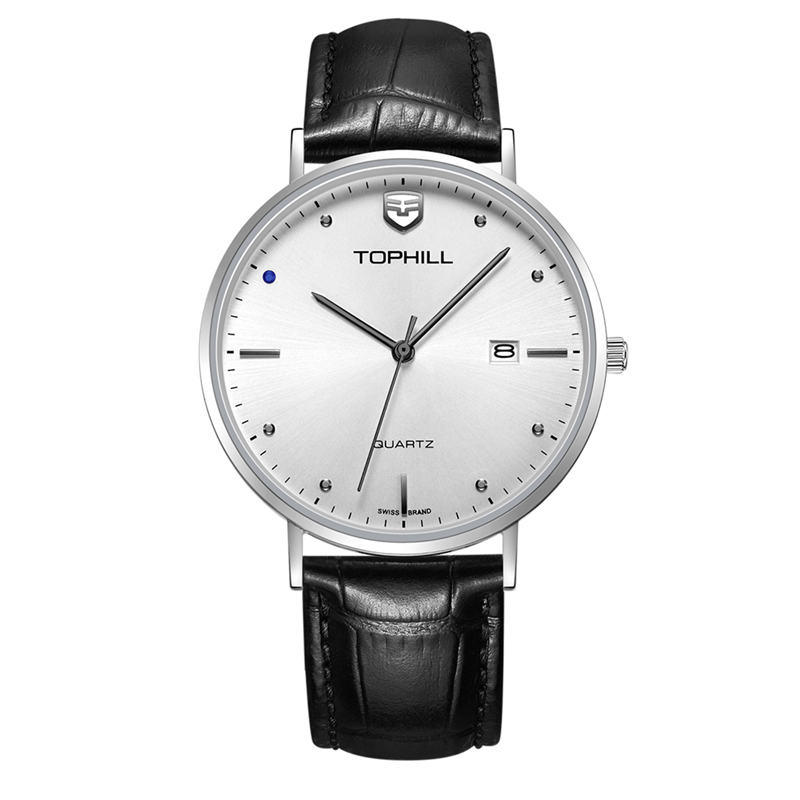Watch movements are the mechanism by which watches measure time. It can be mechanical or quartz, as well as various options. This is inevitably mysterious in the face of the difficulty of choosing a new custom watch if you do not know the difference between the types of movement. This passage will give an introduction to different types of watch movements to facilitate your decision-making process.

Mechanical movements
Mechanical movements are one of the leading watch movement types. This is where the main road goes. This spring slowly revolves and transfers energy to motion. This type of watch has a generator that holds time. It is very similar to a small wheel that moves back and forth. Modern watches have a generator that rotates about 28,000 times per hour. The central part of the mechanical clockwork is the balancing spring because it controls the turns or vibrations in the part of the balancing wheel. Many people like such clockwork as they do not need to worry about batteries at all.
Automatic movements
A self-winding watch is among watches that adopts mechanical movements. The clock mechanism is similar to a machine tool with the addition of a device supported by an eccentric load, wrapping the first wind. The watch has a semicircular rotor, an eccentric weight, which turns into an axis inside the watch case. The frequent movements of the user's hand and wrist cause the rotor to move back and forth on its employees, which is connected with another removable mechanism. Therefore, the movement of the user's hands is translated into the circular motion of the rotor, which ultimately winds the main wind through a series of feedback transformers and mixed gears. Modern self-winding watch movement types include two ladders, and mainspring turns when the rotor moves clockwise and counterclockwise.
Its mainspring is automatically wound during normal movement of the user's hand, saving energy to maintain watch activity, so there is no need to wind up the watch manually. They are activated by an internal coil spring, known as mainspring, which controls the mechanisms with the move of arms. The spring loses power during the operation of the watch; therefore, during manual movement of the watch, the owner must daily wind up the spring by rotating the small handle on the case to provide power for starting the watch. Otherwise, the watch will stop.
Manual movements
For collectors, this watch is attractive, although it is a manual winding watch, which means that the user must wrap a lace or two crowns on it every day. When the user puts on the head, the watch will save the power reserve in the mechanism, which will keep the clock moving until the next move. Perhaps this watch is desirable because it can be said that this is an excellent way of reading time because it was the first type of mechanism. They are still made in Switzerland by luxury watch manufacturers such as Jaeger-Lecoultre and Franck Muller and can cost more than $500,000 when accompanied.
Quartz movement
Quartz watches are another prevalent type of watch. This watch is battery powered. A quartz watch uses an automated pendulum energized by a quartz crystal to measure time. The name comes from a small quartz crystal used in watches, which fluctuates around 32786 times per second. This crystal oscillator generates a signal with a very accurate frequency, which makes quartz watches generally more accurate than mechanical watches.
Most quartz watches have a digital display, but many more others have an analog time display with a dial with hands or dials rotating around the clock to see the time. Some quartz watches offer analog and digital screens so that you can get the most out of both types of watches. This type of watch is called Digi watch, which is both analog and digital. You can even get observations in other regions of the world. It can be great for military personnel to keep track of the time at home where their loved ones are. Quartz crystal is widely used in watches and clocks, as well as in computers and other time-saving devices.

Chronometers
The chronometer include a mechanism that keeps a quartz crystal free from impacts of temperature vibrations to avoid any changes in density or interference with the accurate operation of the watch. Some self-regulation watches involves several crystals in a single watch, so the time displayed is the result of a series of time measurements to make sure the watch is on time.
Eco-Drive / Solar movements
The Eco-Drive concept introduced some significant technical improvements over previous sundials. The combination of these improvements for the first time allowed watch designers to create light watches without the need to integrate transparent solar cells into the watch case. Most Eco-Drive watches are equipped including a particular lithium-ion titanium battery charged by an amorphous silicon solar cell behind the dial. Light passes through the crystalline shell and shield before it reaches the solar cell. If the solar cell is not charged enough after some particular time, the watch will go into sleep mode, and quartz will move. During that period, the arrows will stop but will return to normal when the light again enters the cell.
Conclusion
There are many types of watch movements, but knowing the watch movement types will help you make the right decision regarding your purchase of a watch. A movement not only defines how a watch work, but is also relevant to the way you wear a watch. The watch movement types can also affect the price of a watch; for example, a chronometer is usually expensive. Some people prefer a winding watch, while others prefer a battery-powered watch. Each of them have their own advantages and disadvantages, so the type you get depends on your personal preferences. When purchasing a watch, you can ask the jewelers for advice based on your preferences and tastes. This gives you an idea of what jewelers consider to be the best watch for you.


